A social enterprise has taken the lead in installing charging points in remote locations across northern England - but it should only be the start
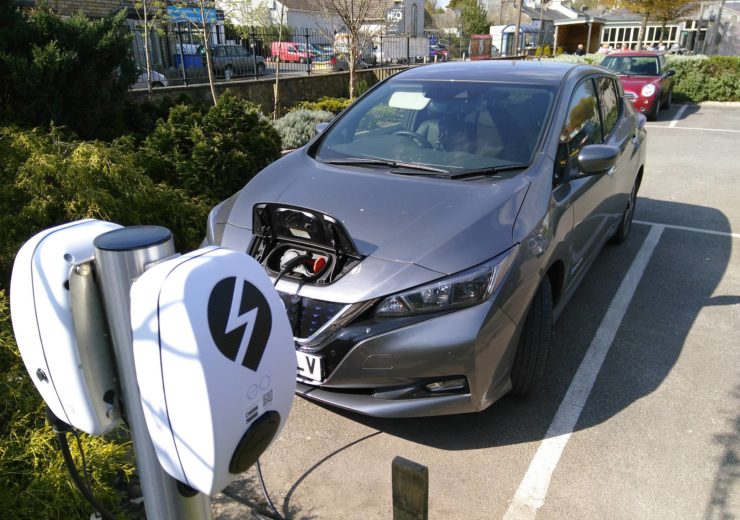
A charger installed in Broughton-in-Furness (Credit: Charge My Street)
Access to charging holds the key to electric vehicle ownership truly taking off, but motorists in rural areas have legitimate worries they could be left out, prompting the UK social enterprise Charge My Street to take a proactive approach to improving infrastructure. Dan Robinson finds out what it’s doing and delves into the deeper discussion about its importance in improving consumer confidence.
From the Buick 1956 to the Chevrolet 1957, a journey down the streets of Havana is like a step inside a time capsule back to the mid-20th century.
But while this vintage feel is one of the main draws for tourists to Cuba, its brightly-coloured classic American cars that pre-date catalytic converters produce a huge amount of black smoke, making air pollution a real problem for the Caribbean country.
The World Health Organisation says the concentration of particulate matter, the most common air pollutant that affects short and long-term health, is twice the recommended level.
Cuba has been left in this position by 50-plus years of US trade embargoes that have made sourcing replacement parts affordably nigh-on impossible. But across the Atlantic in Britain, a different type of political tension – between rural and urban priorities – could be responsible for leaving behind its countryside communities.

The UK government has written into law that new sales of petrol and diesel vehicles will be banned from 2035. To get the country ready for a transition to fully electric vehicles, it has issued plug-in grants, told housebuilders to equip new-builds with chargers and begun installing chargepoints in car parks and busy streets.
But in rural areas – where about a fifth of the population live – little progress has been made.
“Clearly, people in rural areas rely more on individual cars than public transport,” says Eugene Lambert, a Tesla Roadster and Nissan Leaf driver who lives in north-west England’s Lake District National Park.
“Setting a deadline for banning sales of new ICE (internal combustion engine) cars will therefore have a disproportionate effect on rural areas, unless appropriate action is taken to facilitate the transition to EVs.
“Yes, EV range will go up over that period, and EV prices will come down, but the absence of a well-planned and extensive public charging infrastructure with reasonable tariffs could discourage many from making the jump to EVs.
“This could lead to a ‘Cuba effect’, with rural areas full of older hideously polluting ICE vehicles – hardly appropriate for a national park.”
Lambert is no stranger to rural life having been a resident of the Cotswolds for more than 15 years before relocating to Applethwaite, a hamlet just outside Keswick, Cumbria, in 2019.
The 56-year-old writer is one of hundreds to put their money where their mouth is when it comes to campaigning for rural EV charging infrastructure by investing in a community share offer run by Charge My Street.
The social enterprise is using the scheme to raise money for installing chargepoints in largely remote locations where there is little chance of receiving local authority or commercial intervention.
Director and company secretary Daniel Heery says: “When we’ve done surveys of people in rural areas, the lack of infrastructure is the main barrier to adoption so if we can take that barrier away, it opens up the potential to make that switch.
“For us, it’s not just about raising investment but raising awareness too so we can start challenging people’s thoughts about EVs and get them thinking about this infrastructure in terms of what’s happening where they live.”
What is Charge My Street and how was it formed?
Heery got involved with the project after moving from rural Cumbria to Lancaster, a small city in north-west England, in 2017 and having to replace his petrol car.
The UK has 18,300 publicly-available EV charging devices across 11,400 locations – equipped with just under 32,000 connectors, according to Zap-Map. The vast majority of these are in major cities, with Greater London accounting for a quarter of them.
“In rural areas, fuel costs are an enormous part of people’s living expenses and potentially, with EVs, you can save money,” says Heery.
“We wanted to get an electric car but there was nowhere to charge it and the council had no plans to install charging points.”
Realising a few friends were in a similar situation, he set up Charge My Street as a social enterprise.
Run along the same lines as his other business interest Cybermoor – a co-operative based in Alston, Cumbria, that has helped to improve rural internet connectivity since 2002 – it installs and operates EV chargepoints for communities where public and private investment in such infrastructure is scarce.
Heery can see similarities between the problems encountered with broadband and EV charging in rural areas.
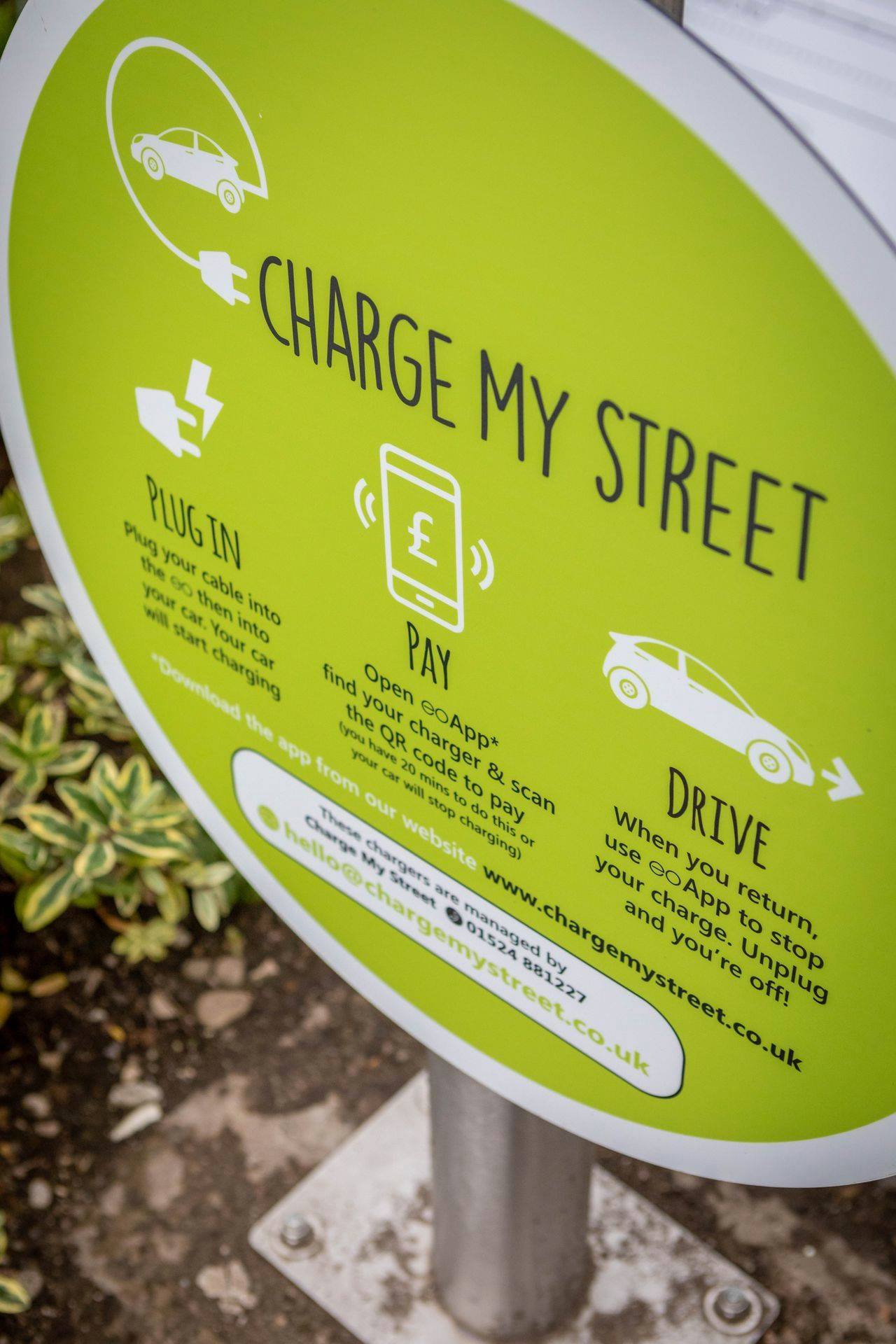
While 95% of UK premises have access to superfast broadband connections, according to Ofcom, the figure fell to 77% in rural areas as of May 2019 – with one in 10 rural properties unable to achieve speeds of at least 10 megabits per second (Mbps).
“The issues are quite similar,” says Heery. “Commercial providers prefer to target areas where they will get the greatest return on their investment so they often won’t bother coming to rural areas.
“And if you’re in a village or town with a lot of terraced houses and no driveway, there’s not going to be many people buying EVs.
“It’s a chicken or egg situation so you need someone to step in and break that cycle.”
Charge My Street began by installing two chargepoints in Lancaster, as well as one in Alston – which was also the location of a government testbed project for showcasing the benefits of 5G in rural areas – and one in Broughton-in-Furness, a small market town on the south-western edge of the Lake District.
This was in 2018 and they were fitted in the car parks of community centres, village shops and pubs. Users require a paid-for app to charge anywhere on the network.
Councils, which own public assets such as lampposts, pavements and roads that can be adapted to accommodate the fast chargers, were engaged with along the way.
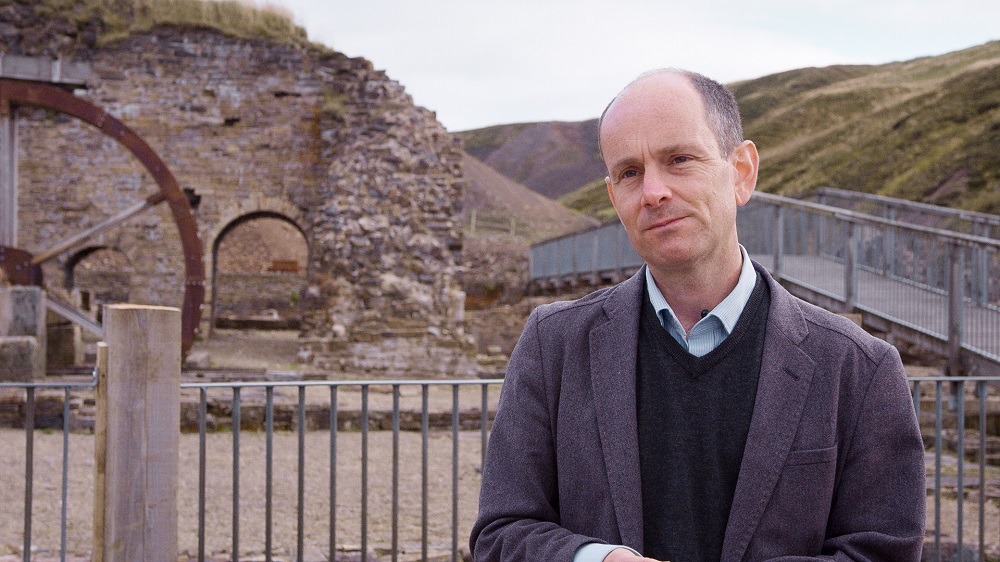
“We can see we’re getting pretty good usage out of the urban devices and the rural ones are being used predominantly by tourists at the moment, but we’re trying to get local people to switch to EVs,” says Heery.
“It’s still at a relatively early stage and in rural areas, people are culturally less keen to make that switch, even though the finances are more promising in some respects.
“But as new technology emerges, we think that transition will happen.”
How Charge My Street is funded – and its expansion plans
Community share offers are nothing new in the energy industry. Listed on the Community Energy England website are several projects that allow the public to invest in clean energy projects for installing solar panels on buildings or in fields, equipping street lights with LED bulbs and building hydro plants.
Charge My Street is one of the latest projects promoted by Community Energy England. Its community share offer – the second such scheme after a previous one that raised £20,000 led to the initial four chargepoints being installed – ran from 20 April to 26 May this year.
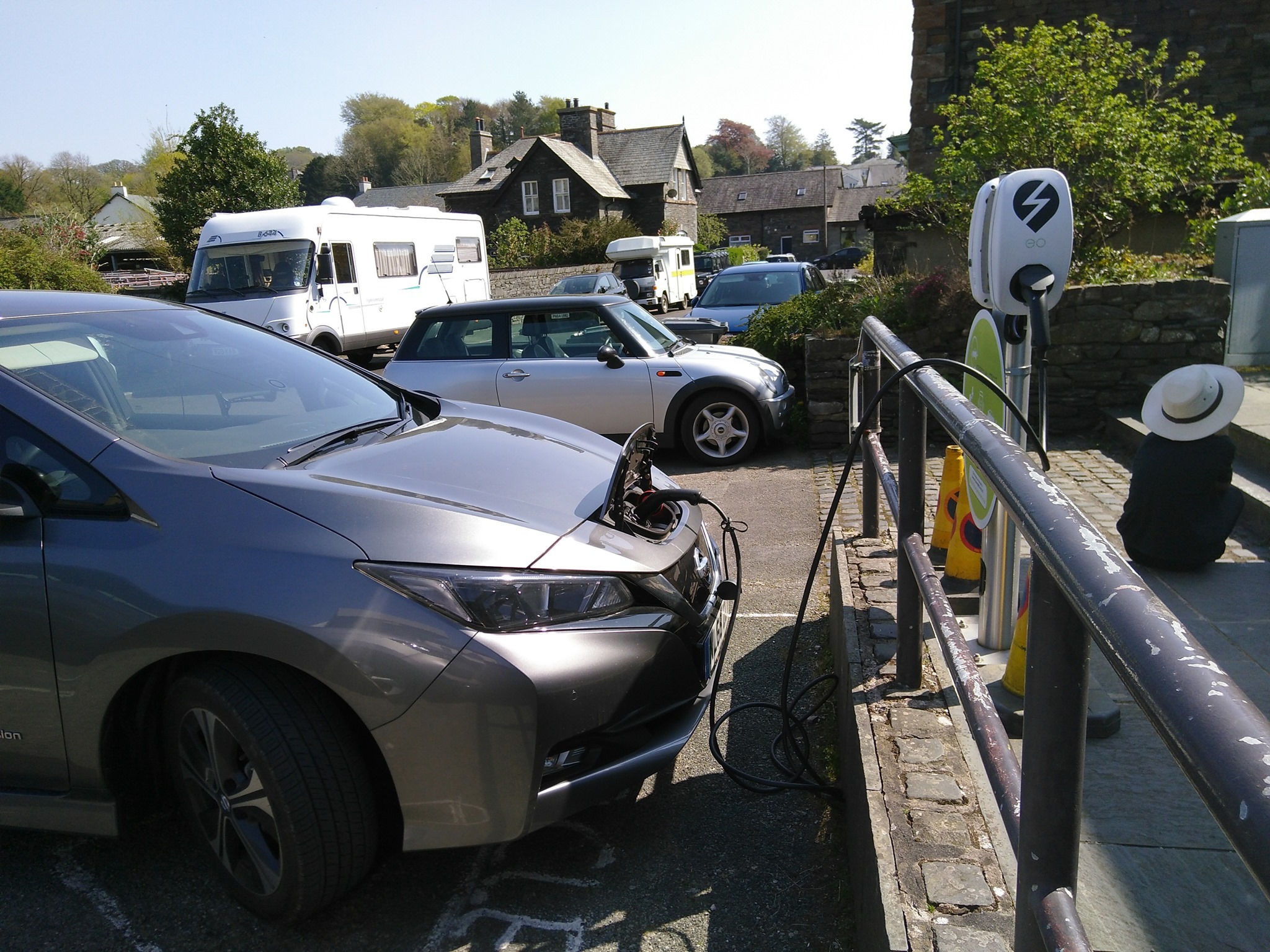
People could invest a minimum of £100 and were offered a 2% interest return from 2023, rising to 5% from 2025. They can also benefit from a 50% seed enterprise investment scheme tax relief.
Despite the Covid-19 lockdown and subsequent economic troubles it caused, the scheme succeeded in hitting its £130,000 target figure for installing at least 100 chargers, which typically cost around the £10,000 mark.
It also gave the group an indication of where demand lies geographically, with interest from Carlisle, County Durham, Lancaster and the South Lakeland district in Cumbria.
Heery says: “We don’t want people to just say ‘yes put one in and we may get an EV at some point’.
“We’re not asking for thousands of pounds but we want to see some real local demand by people putting their money where their mouth is so we know a community is interested and thinking about how it can go on this low-carbon journey.
“It’s an attractive offer for people who want to see a growth in the charging network, buy an EV, want to help tackle climate change or purely just for earning some money on an investment.”
Interested locations were split roughly 50-50 between rural and relatively urban areas, with decisions made according to a set of criteria including the strength of mobile connectivity, electricity supplies and practicalities of installing charging points.
Charge My Street is part of a broader project called Scaling On-Street Charging Infrastructure (SOSCI). It aims to install 200 fast chargers with a 22-kilowatt (kW) power rating for community use across the north of England by Easter 2021.
This scheme has been backed with more than £3m in funding from Innovate UK as part of an electric charging for public spaces infrastructure competition.
Charge My Street was awarded £335,000, with other partners in the consortium to receive grants including Vattenfall’s electric vehicle business – now part of Statkraft – logistics software company Miralis Data, EV charging manufacturer EO Charging, and various councils and charities.
Why off-street charging infrastructure is vital to mass EV charging uptake
Alongside the high initial costs involved in swapping combustion engines for electric power, “range anxiety” provides another barrier to EV uptake.
Data from the European Alternative Fuels Observatory shows the number of EV chargepoints per 100km of road in the UK increased from 42 in 2011 to 570 in 2019 – with more than 10,000 publicly-accessible chargers now installed.
The government accepts this needs to increase further and has committed £400m ($521m) to help private operators install more devices across the country, as well as introducing legislation last year ruling that all new-build homes should have EV chargers.
But debate has raged over whether domestic or public chargepoints should be prioritised, with the government-backed Electric Vehicle Energy Taskforce releasing a report in January this year saying both are equally important to enabling the electrification of road transport.
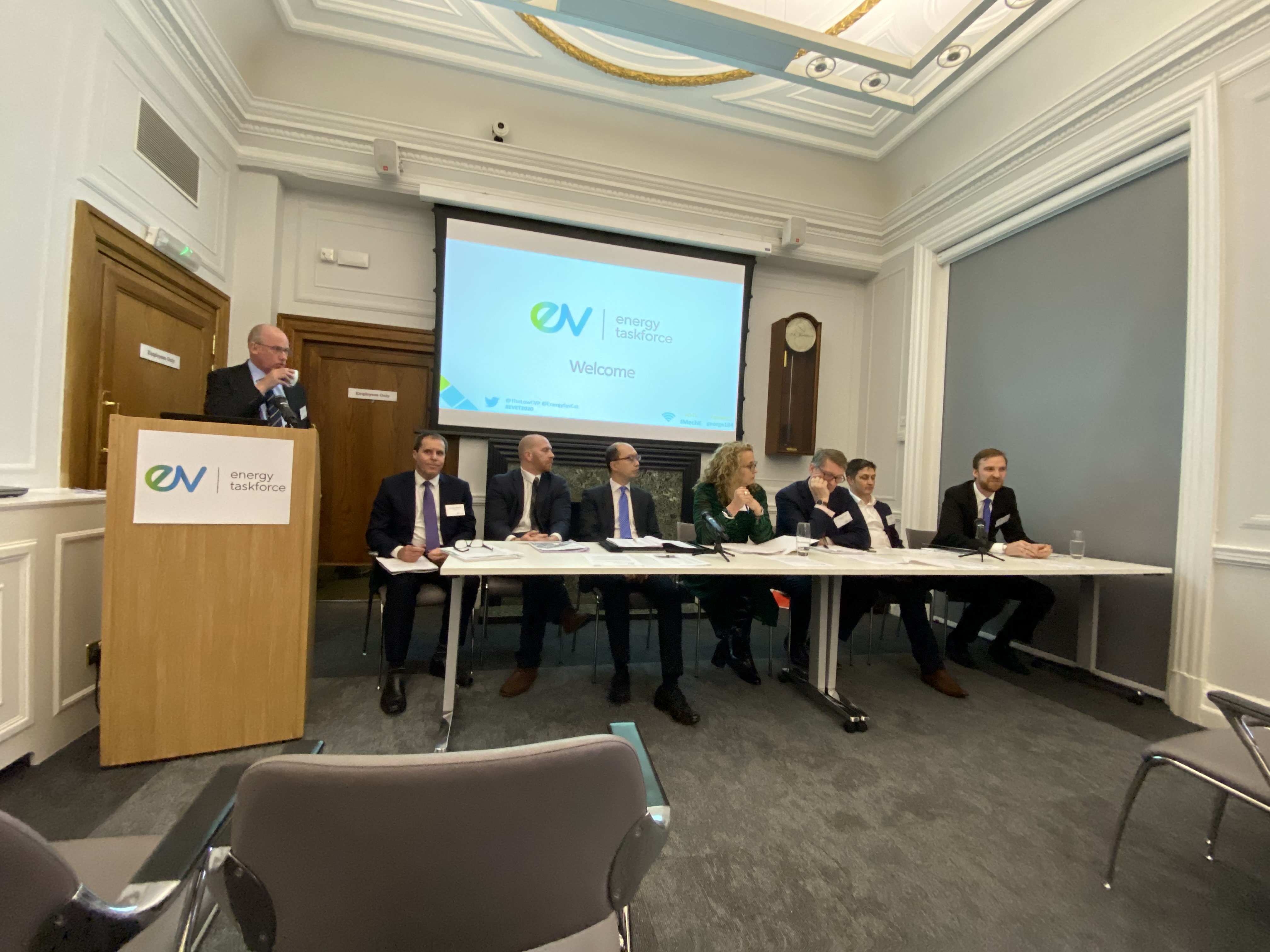
Speaking at the time, SMMT (Society of Motor Manufacturers and Traders) senior technology and innovation manager David Wong said 80% of EV drivers charge their vehicles at home because it’s the most convenient method but 93% still use public chargers.
Fellow taskforce member Jillian Anable, a University of Leeds professor specialising in energy and transport, called for more innovation in off-street charging infrastructure to build on ideas like chargers being plugged into lamp posts, pop-up devices in pavements and telecoms street cabinets.
“We need to get a grip on that,” she said. “Even homes with a driveway might only have space for one car but the household could have two cars, so what are they going to do – get up in the middle of the night to swap the cars over?
“We need to think more about residential on-street parking and I think we’ll see different solutions coming through.”
Heery shares Prof Anable’s view that not enough focus has yet been given to the on-street charging space.
“There’s a lot of investment going into rapid chargers at supermarkets and homes, but not much is happening for those vehicles parked on-street,” he says.
“Nationally, 40% of vehicle owners don’t have a drive. In order to get those people, who might want an EV, to actually buy one, you have to really focus on the technology to support them.
“Some projects are looking at smart charging, where you plug in the vehicle at 9pm but it doesn’t start charging until after midnight when prices are cheaper.
“In the off-street space, when we have village halls with solar panels on the roofs, how can we get people to use those assets and charge for cheaper on sunny days?
“Some people say we don’t have enough electricity supplies for EVs but we can manage that if we manage our charging to fit around the network.”
The ultimate vision of SOSCI is for eight million homes without off-street parking in northern England to be within five minutes’ walk of an EV charger.
This is a distance that 75% of people would be happy with, according to the consortium’s research.
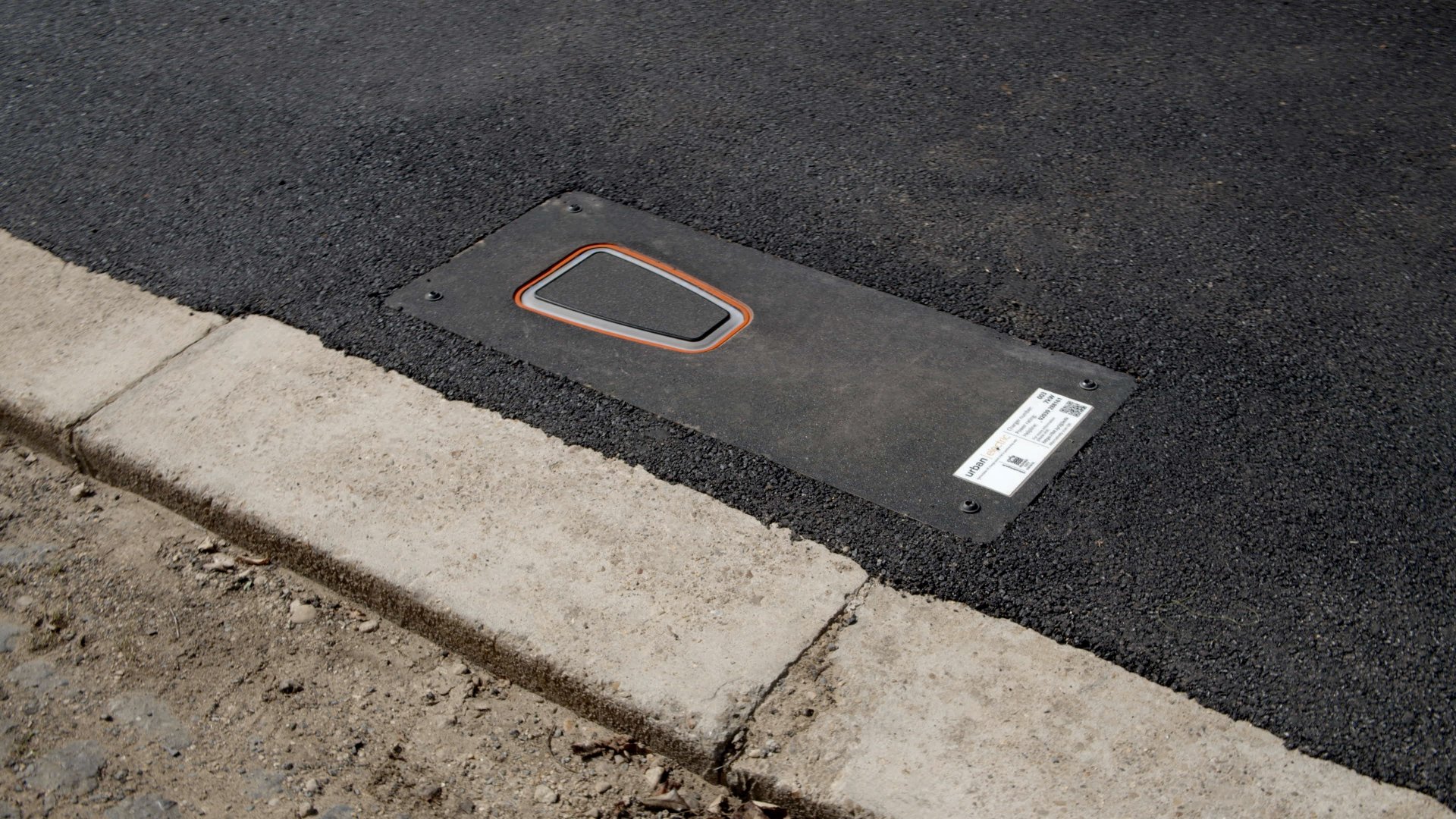
Another EV Energy Taskforce member Jonathan Murray cites the inroads made by Shell and BP Chargemaster in the EV charging market as evidence attention is being turned towards a “ubiquitous, reliable supply in a local network that services the customer wherever they are”.
But Murray, policy and operations director at the Low Carbon Vehicle Partnership, a UK public-private partnership that develops initiatives to promote the shift towards zero-emission road transport, admits he doesn’t want to see a replication of the situation with broadband in which there is a clear gap between urban and rural areas.
“It’s important to have consumer confidence, which comes in various guises,” he says. “People talk about things like range anxiety and the driver needs to know they can use their EV in a way they want to and at an acceptable price for charging.
“The infrastructure is going to be expensive so we need to reinforce the grid, deploy innovations like smart charging and understand where the demand is coming from.
“But these principles apply across the whole country – we don’t want to see holes in the network and we need to ensure there’s a provision in both urban and rural areas, as well as on-street and off-street.
“At the same time, can we rely solely on the commercial sector to roll out what we need? Probably not. It needs a mixture of public and private finance to get that out there.
“I don’t think there’s the innovation available for the roll-out to happen at the moment but there’s an appetite for bringing the right people together to do so.”
What people in rural areas think about electric vehicle charging infrastructure
It wasn’t a drive through Old Havana that woke up Lake District resident Lambert to the benefits of zero-emission transport, but during a visit to California.
This was in 2011, when he had previously considered reports about EVs in development to be “vapourware” until he saw the Tesla Roadster supercar – its latest model is now said to be the world’s quickest car – scream past.
He bought a right-hand drive version and sold his fossil fuel-powered Porsche Cayman S when he returned home.
“I’d become aware of climate change and was getting uncomfortable driving around in a petrol car,” he recalls.

“The Roadster EV let me ‘have my cake and eat it’, as it were. A fun sports car, with incredible performance and zero emissions.”
Home worker Lambert and his wife Jana, 48, now use their two ultra-low emission vehicles (ULEVs) for leisure driving around the Lake District and occasionally travelling across the UK – even taking it to the Czech Republic, via Slovenia, and back once.
The couple admit to being impressed by how easy and relaxing it is to drive an EV due to the addition of regenerative braking and lack of a gearbox, while they estimate 10,000 miles a year will cost them £125 in electric power rather than about £2,000 in petrol according to prices before the oil price crash.
Although many people living in rural areas benefit from having a driveway to charge their vehicle off-street, Lambert believes the lack of infrastructure has as much of a psychological impact as practical – as well as potentially impacting on the future tourism offer.
He adds: “A more extensive charging infrastructure would doubtless help EV beginners, of course.
“An extensive network of more affordable ‘destination chargers’ that are 7kW would provide a means to charge EVs for those people without home chargers, as well as addressing range anxiety for less experienced EV drivers.
“It would also encourage EV-driving tourists from outside the rural area to visit – and part with their tourist cash.”
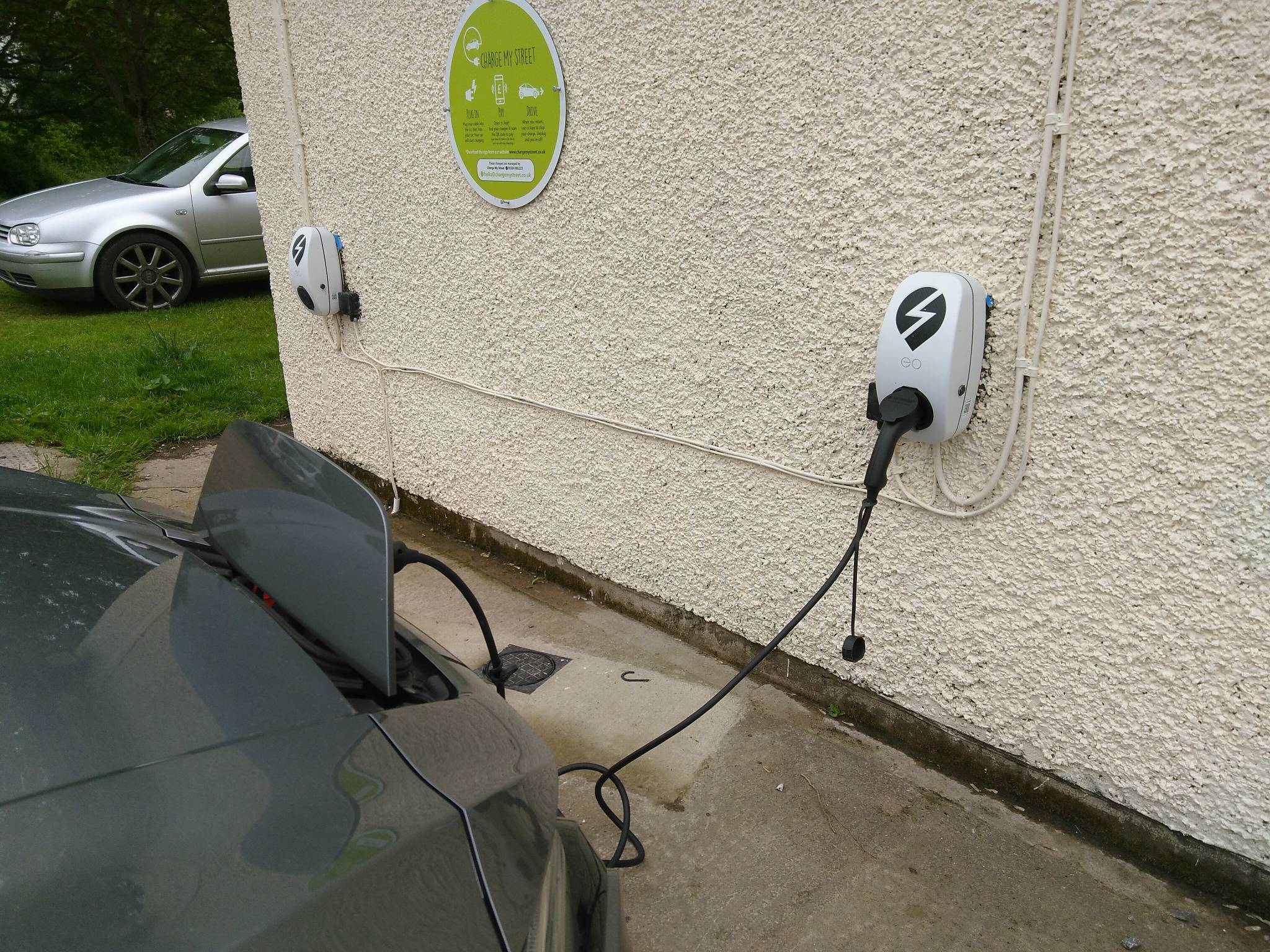
Robert Alexander Sykes can manage his 78-mile round trip to work on a single charge, but if he needs to travel any further then he could find himself in trouble.
The 58-year-old solicitor, who lives with his partner in the small market town Penrith, in Cumbria, says: “On the A66 between Penrith and Scotch Corner, a distance of 50 miles, there is one public charge point at Kirkby Stephen – and this is very poorly maintained and often not working.
“Penrith itself is poor – there are two points at [visitor attraction] the Rheged Centre but none in any of the supermarkets, for example.”
Having always lived rurally, Sykes struggles to keep annual travel under 20,000 miles in his Renault Zoe EV and the keen sea kayaker adds several thousands more miles each year in a diesel Skoda Octavia estate car for longer trips and the extra roof space for carrying his vessel.
“For those without off-street parking, reliable access to overnight charging becomes essential – relying solely on faster chargers at service areas is just a pain,” he adds.
“Charge My Street’s scheme would resolve that issue to a significant extent.”
It’s a start, but if rural areas are going to have easy access to electric vehicle charging, it will take a wider effort to build the infrastructure required.


